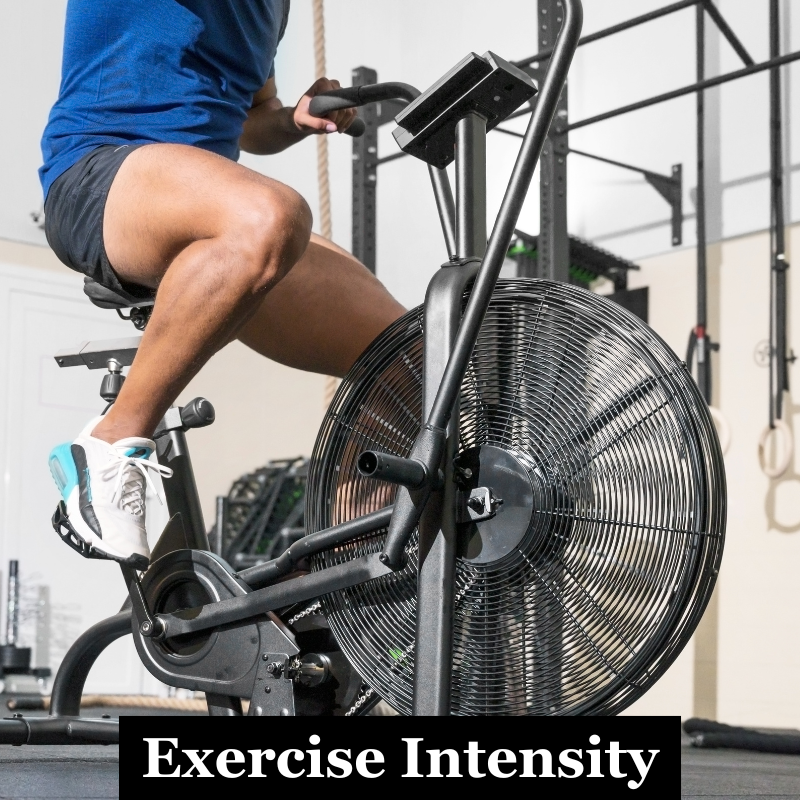Zone 2 vs HIIT: Why You Need Both for Metabolic Health and Longevity

You can see and hear about it everywhere you look. Poor metabolic flexibility. What does this look like? Fatigue, irritability and constant food cravings. We all want a healthy steady state, an optimized metabolism which switches seamlessly between energy usage (fat vs glucose), but poor lifestyle and nutrition choices hinder our metabolism, leaving a window open for chronic disease to sneak in. Sometimes, this takes years to show up. Most people blame normal age-related decline, but the truth is we can prevent it with the right exercise program.
Even with medical and technological progress, pills can't repair a broken metabolism. Metabolism is the engine that drives our bodies. Just as specialized mechanics work on different car engine parts, various types of exercise enhance our metabolic system, leading to better health and longevity.
Insulin resistance, mitochondrial dysfunction, sedentary lifestyle, chronic stress, excessive ultra processed sugar and aging disrupt and slow the metabolism. It shows up as low energy, constant fatigue, weight gain, and resistant weight loss. Strength training and cardio help us fight daily struggles. We focus on cardiovascular exercise and the different types.
Cardiovascular exercise categories groups based on intensity.
1. Low intensity steady state (Zone 2)
2. Tempo/Threshold training
3. HIIT
4. Sprint interval training
5. Cross training mixed model
The above condenses further down into Low (<50%), moderate (50-80%) and high intensity (>80%) based on heart rate zones as a percentage of max heart rate.
The goal today will be to understand the key differences between low-moderate intensity and high-intensity cardiovascular exercise and understanding how and why one uses each for metabolic resilience.
Definition
Low to moderate intensity exercises falls within parameters of heart rate. 50-70% of max heart rate (zone 2). Activities like light running, walking and swimming. The body uses fat as the primary energy source. Also called the infamous zone 2 training level.
High intensity works the body with the heart rate reaching 85-95% maximal heart rate. The hallmark of this exercise relies on a quick burst lasting only a few seconds. HIIT work outs, sprinting or assault bike. The glucose circulating in the blood acts as the primary fuel when engaging in this level of activity.
Key differences
|
Feature |
Zone 2 Training |
High-Intensity Sprinting (HIIT/SIT) |
|
Primary Energy Source |
Fat oxidation |
Glycogen / anaerobic |
|
Mitochondrial Stimulus |
Strong via aerobic stress |
Strong via anaerobic stress |
|
Lactate Role |
Clears lactate efficiently |
Produces high levels of lactate |
|
Muscle Fiber Recruitment |
Type I (slow-twitch) |
Type II (fast-twitch) |
|
Stress Hormones |
Low to moderate |
High (acute cortisol & catecholamines) |
|
Recovery Demands |
Low |
High (CNS & muscular recovery) |
|
Heart Adaptations |
Stroke volume, HRV |
Maximal cardiac output, VO₂ max |
|
Training Frequency |
You can do this often. |
Needs more recovery days |
|
Injury Risk |
Low |
Moderate to high (esp. for deconditioned individuals) |
To see the true and beneficial outcomes from zone 2 training, the required exercise time length needs to reach 30-45 minutes per session. It’s also great for people starting from a lower fitness level. It’s the ideal level of cardiovascular exercise to build a fitness base.
Studies show the higher your fitness level, the more efficiently you burn fat.
An optimized cardiovascular system increases mitochondrial density the power house for energy productions, giving you more energy.
Zone 2 gives you stamina, so on those longer days you can push through without fatiguing so easily.
High-intensity training requires shorter workout times because of its intensity. At most, aim for 2-3 sessions per week with a maximum of 10-15 minutes. A higher V02 max correlates with better health and a longer lifespan. To increase the number, you must perform higher intensity workouts. Higher intensity adapts the body by improving insulin sensitivity, so training with higher intensity would be better for, say, overweight and diabetic patients. The stress improves your ability to recover, regulate stress, and handle physical and psychological load. It’s a kick in the pants for resilience.
You can get by just doing zone 2, but high intensity cardiovascular exercise is like the frosting on the cake. Yeah, you can eat the cake, but it would be so much better and satisfying with that extra layer of goodness. Tailored work outs based on individual lifestyle varies. Busy lifestyle, then high intensity burst. If you have the time, then long walks or light jogs or maybe swimming. The combination though. That’s where ideal health awaits. You have the time just need to make the effort.